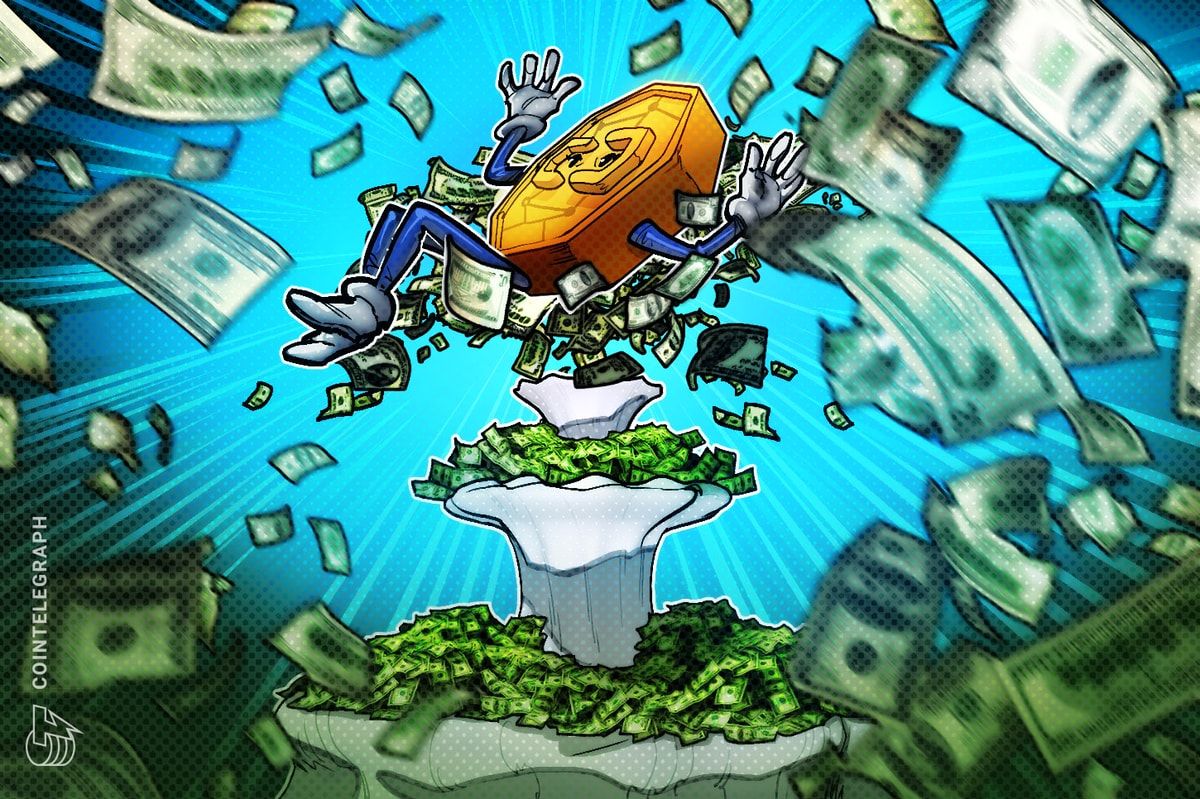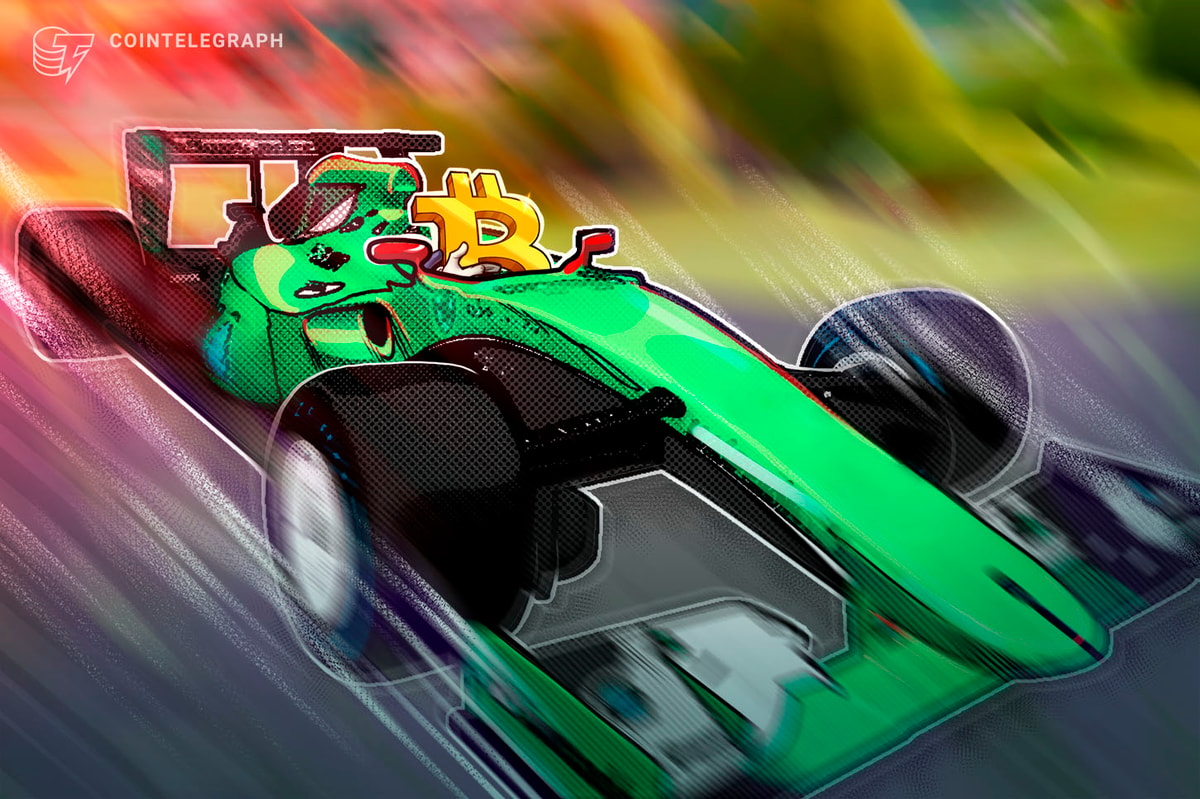What is Bitcoin halving?
A "block" is a file containing 1 MB of Bitcoin (BTC) transaction records on the Bitcoin blockchain. "Miners" compete to add the next block by solving a complex mathematical problem using specialized hardware, producing a random 64-character output known as a "hash," finishing the process, and locking the block so it can't be changed. By completing these blocks, miners receive Bitcoin.
So, how does the Bitcoin halving cycle work? Miners were paid 50 BTC per block when the cryptocurrency was initially established. Early users could be enticed to mine the network in this fashion, even before it was evident how successful it would be. The rate at which new Bitcoin is created decreases by half every 210,000 blocks mined, or roughly every four years until all 21 million Bitcoin has been mined.
As per Bitcoin halving dates history, the last three halvings took place in 2012, 2016 and 2020. The first Bitcoin halving or Bitcoin split occurred in 2012 when the reward for mining a block was reduced from 50 to 25 BTC.
The halving event in 2016 reduced incentives to 12.5 BTC for each block mined, and as of May 11, 2020, each new block mined only generates 6.25 new BTC. In 2024, the next Bitcoin halving is expected to take place. This system will continue until roughly 2140.

In this guide, we will explain why Bitcoin halving occurs, how the Bitcoin halving cycle works and why it matters.
Why does Bitcoin halving occur?
The Bitcoin mining algorithm is programmed to look for new blocks every ten minutes. The time it takes to find blocks will decrease as more miners join the network and add more hashing power. To restore a 10-minute objective, the mining difficulty is reset once every two weeks or so. The average time to locate a block has constantly remained below 10 minutes (roughly 9.5 minutes) as the Bitcoin network has grown dramatically over the last decade.
Bitcoin's supply is limited to 21 million units. The generation of new BTC will stop once the total number reaches 21 million. Bitcoin halving assures that the quantity of Bitcoin that can be mined each block drops over time, making BTC more rare and valuable.
Logically, the incentive to mine Bitcoin would decrease when each halving was completed. Bitcoin halvings, on the other hand, are linked to massive increases in the price of BTC, giving miners an incentive to mine more even though their payouts have been halved.
Bitcoin miners are encouraged to continue mining as prices rise. On the other hand, miners may lose the incentive to create more Bitcoin if the price of the digital currency does not rise and block rewards are reduced. This is because mining Bitcoin is a time-consuming and expensive operation that necessitates a lot of computer power and electricity.
Why does Bitcoin halving matter?
Bitcoin halving is usually accompanied by a lot of turmoil for the cryptocurrency. As a result of the halving cycle, the supply of available Bitcoin decreases, raising the value of Bitcoins yet to be mined. And with such changes comes the opportunity to profit.
On Nov. 28, 2012, when the price of BTC was around $12, the first halving took place; one year later, Bitcoin had risen to nearly $1,000. The second halving occurred on July 9, 2016, and Bitcoin's price plummeted to $670 at the time but rose to $2,550 by July 2017. Bitcoin reached an all-time high of about $19,700 in December of that year. Bitcoin's price was $8,787 at the time of the most recent halving, in May 2020, and it exploded in the months following.

Of course, there were other elements to consider when analyzing Bitcoin's post-halving booms:
More press coverage of cryptocurrencies and Bitcoin.
A fascination with the digital asset's anonymity.
A gradual increase in the number of real-world use cases for the currency.
However, if you believe in the value of history, past Bitcoin halvings have been long-term bullish drivers for the cryptocurrency's price. The third halving in Bitcoin's existence, on the other hand, is almost certain to have an impact on the BTC ecosystem in various ways. Primarily, as the economic benefit for mining becomes less enticing and, for less effective miners, unprofitable, the number of Bitcoin miners is widely projected to decline.
The Bitcoin halving symbolizes Bitcoin's deflationary tendency regularly. This has been the core of the bull case for Bitcoin since its inception; that is, Bitcoin, being the decentralized cryptocurrency, can't be printed into oblivion by governments or central banks, and the total supply is completely known.
Implications of the Bitcoin halving event
In terms of halving's broader implications, a lower reward for mining Bitcoin will reduce the amount of money that miners may make by adding new transactions to the blockchain. Miner rewards determine the stream of new Bitcoin into circulation. As a result, halving these payments reduces the influx of new Bitcoin. This is where demand and supply economics come into play. While supply drops, demand fluctuates (increases or decreases), and the price changes as a result.
Bitcoin's inflation rate is also reduced due to the halving event. Inflation is the loss of purchasing power for anything, in this case, the currency. However, Bitcoin's basic infrastructure is designed to be a deflationary asset. To achieve this, halving plays a critical role.
Bitcoin's inflation rate was 50% in 2011, but after halving in 2012, it plummeted to 12% in 2012 and 4–5% in 2016. It now has a 1.77% inflation rate. This means that after each halving, the value of Bitcoin increases. Every halving event has historically resulted in a bull run for Bitcoin. The price rises as supply decreases, causing demand to rise. This upward tendency, however, will not be immediate.
Because of the high cost of electricity used to power the computers that solve the mathematical puzzles, the price of BTC would have to rise significantly for miners to receive half as many coins. Miners will find it difficult to stay competitive and in business if the price does not rise in tandem with the decline in reward.
Miners will need to be as efficient as possible; therefore, a new technology that can generate more hashes per second while consuming less energy and lowering overheads will be in demand.
Furthermore, there has been evidence of interest in the currency from several countries and their economies may affect the price of Bitcoin. More importantly, the price of Bitcoin is likely to rise due to the increased visibility it is now receiving. The volume of transactions will only increase as more stores, small businesses and even significant institutions participate in Bitcoin and the blockchain.
What if a significant number of miners abruptly dropped out of the race?
To comprehend this, we must first discuss hash rate. For Bitcoin mining, the hash rate is defined as the number of SHA256 computing operations executed per second. This value rises as the number of miners increases, implying that the network is faster and more secure.
If many miners decide to depart simultaneously, the network may experience a bottleneck for a moment as users migrate to more rapid chains, making it more straightforward for fraudulent users to take over vast chunks of the network.
However, historical evidence suggests that halving events do not cause this reaction. When the first halving occurred in 2012, Bitcoin's hash rate dropped somewhat from December 2012 to mid-February 2013. Following that, both hash rate and mining profitability increased. This means that, once the dust settles, halving is advantageous to both miners and the network as a whole.
A similar scenario occurred during Bitcoin's second halving, but the beneficial impacts took longer to manifest. The hash rate continued to rise steadily, but mining profitability did not recover for nearly a year after the halving date. If this pattern continues for the following event, mining profitability may suffer a long-term decline.
When is the next Bitcoin halving event?
Around more than 18.5 million, or almost 89%, of the 21 million BTC that can ever exist have been mined and are in circulation. Each day, approximately 900 new Bitcoin are mined and entered into digital circulation, while faster mining rates have resulted in higher mining rates, so it could be more.
As halvings continue, the rate of Bitcoin supply increase will slow until all 21 million BTC have been mined; according to predictions, the last fractions of Bitcoin will be mined in 2140.
The payout for mining a block will be slashed in half again in the future, but no specific date has been set. When the 210,000th block has been mined since the last halving, the answer will be revealed.
Given that new Bitcoin are mined every 10 minutes, the next halving is likely to occur in early 2024 — at which point, a miner's payout will be reduced to 3.125 BTC.









